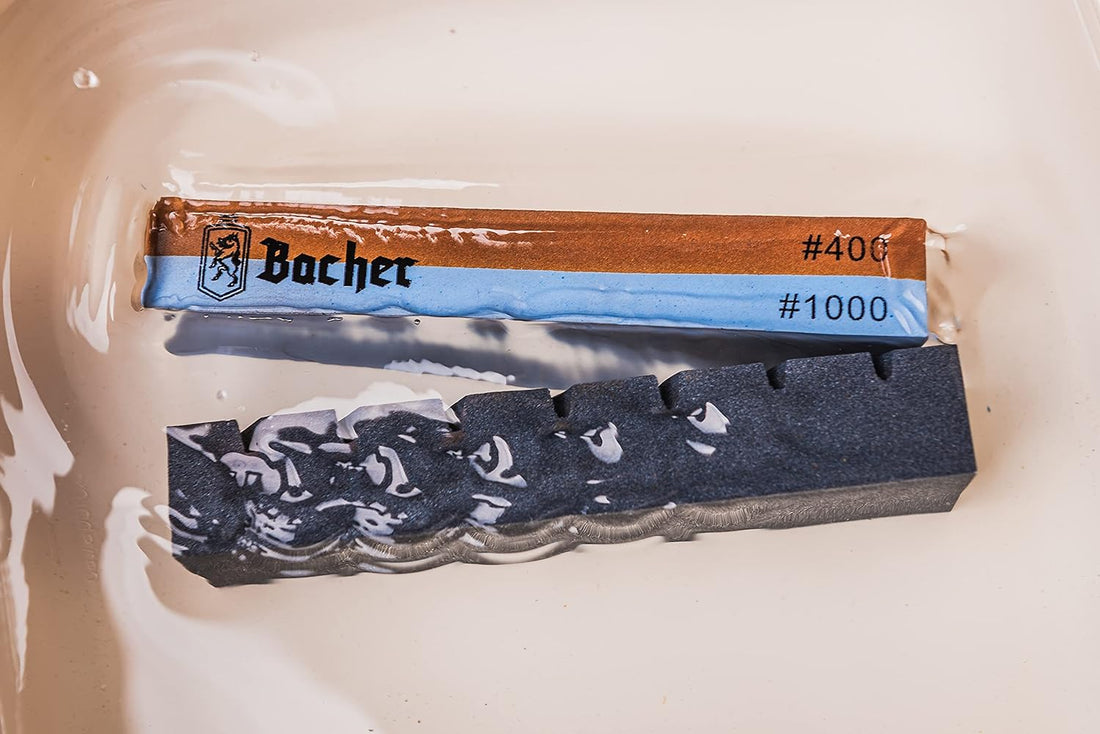Do you want to keep your tools perfectly sharp? The key to success is not only good sharpening, but also keeping the surface of the whetstone flat. Learn how to use repair stones effectively to keep your tools in perfect condition!
Anyone who enjoys sharpening tools, knives or chisels knows the value of a perfectly flat waterstone surface. Unfortunately, even the best stones lose their original structure over time, becoming grooved and uneven. The solution to this problem is to use repair stones to smooth the surface of the stone. But when exactly should we use them and how should we use them to get the best results?
When to use flattening stones?
With regular sharpening, especially with medium or fine grain waterstones, you will quickly notice surface irregularities - usually in the form of pits or grooves. These are the result of repeated movements of the sharpened tool across the surface of the stone, gradually wearing away its structure. Such unevenness makes effective sharpening difficult and can also lead to damage to the edge of the blade.
The flattening stone should be used as soon as the first unevenness is noticed. Acting quickly will save time and energy, and will significantly extend the life of the waterstone and provide better sharpening results.

Why use flattening stones?
The main purpose of using repair stones is to restore a flat, perfectly flat surface to the whetstone. A flat surface is the basis for effective sharpening, ensuring proper precision and even contact with the tool. This allows the tool to be sharpened evenly, quickly and with maximum efficiency.
An additional benefit of regular use of a repair stone is that it extends the life of waterstones, which are often quite expensive. Regular maintenance and surface regeneration helps to avoid the premature replacement of the stone with a new one.
How to use a repair stone correctly?
Using a repair stone correctly is simple, but there are some important steps to follow:
- Soak the stone – Before you start leveling the surface, make sure that both the water stone and the leveling stone are well soaked. This will prevent damage and make the job easier.
- Circular or figure of eight movements – Place the repair stone on the surface of the water stone and make even, circular or figure of eight movements. It is important that the pressure is even across the entire surface.
- Check flatness – check the progress of the work regularly. You can use a simple tool (such as a ruler or square) to check the flatness of the stone.
- Cleaning after finishing – once you have achieved a level surface, thoroughly rinse both stones to remove any dust and leave to dry in a well-ventilated area.
Conclusion
Stones are essential tools for anyone who takes their sharpening seriously. Regular use will keep your water stone knife sharpener in top condition, ensuring a perfect sharpening edge and extending the life of your tool. Remember, consistency and proper technique are the keys to success. This will ensure that your tools are always perfectly sharp and ready to work.

